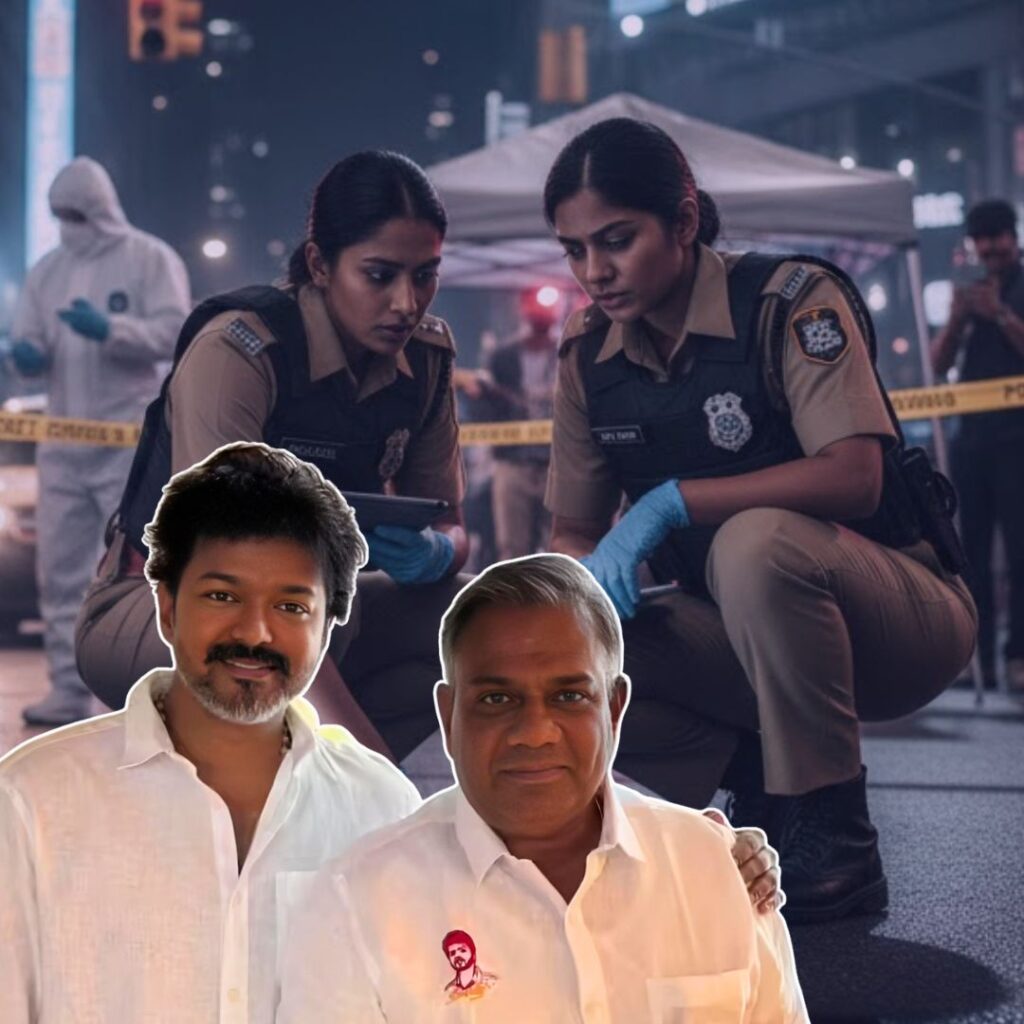US President Donald Trump has once again claimed credit for preventing a potential nuclear conflict between India and Pakistan during their tense border standoff in May 2025. Trump stated that he threatened to cancel all US trade deals with both countries, compelling them to cease hostilities after four days of intense cross-border strikes.
While Trump emphasised that his administration’s trade leverage was instrumental in de-escalating the crisis, Indian officials have firmly rejected any suggestion of US mediation, insisting that the ceasefire was achieved through direct military dialogue between the two nations.
This conflicting narrative has stirred diplomatic friction amid ongoing India-US trade negotiations and raised questions about the role of global powers in South Asian conflicts.
Trump’s Trade Ultimatum: A Bold Diplomatic Move?
In recent public statements at the White House and during the NATO summit in The Hague, President Trump described how he instructed his top officials, including Howard Lutnick, to deliver a stark ultimatum to both New Delhi and Islamabad: halt the fighting or face a complete suspension of trade agreements with the United States. “I told them, ‘If you want to have trade with the United States, you cannot be at war,’” Trump said.
He claimed that this unprecedented economic pressure was the key factor that led both countries to call back their forces and agree to a ceasefire. Trump further drew parallels to other global conflicts, such as Serbia-Kosovo, where he said he used similar tactics to prevent escalation.
His remarks underscore an approach that leverages economic influence as a tool for conflict resolution, highlighting the US’s strategic interests in maintaining stability in South Asia.
India’s Firm Denial and Diplomatic Sensitivities
Contrary to Trump’s assertions, Indian government officials have categorically denied any US role in mediating the ceasefire or linking it to trade agreements. According to sources close to the Ministry of External Affairs, Prime Minister Narendra Modi personally clarified to President Trump during a phone conversation that the resolution was the result of direct military-to-military engagement.
India’s Foreign Secretary, Vikram Misri, reiterated that “at no point were trade agreements or US mediation part of the discussions” during the crisis. The Indian narrative credits the ceasefire to a request from Pakistan’s Director General of Military Operations following India’s targeted Operation Sindoor strikes against terror infrastructure in Pakistan-administered Kashmir.
This divergence in accounts has introduced a subtle diplomatic tension, especially as India and the US are in the midst of negotiating a comprehensive trade deal slated for July 2025.
The Logical Indian’s Perspective
The contrasting narratives presented by the US and India reflect the intricate dynamics of international diplomacy, especially in conflict-prone regions like South Asia. The Logical Indian firmly believes that genuine and lasting peace arises from direct dialogue, mutual respect, and sincere efforts by the countries involved rather than external pressure or transactional tactics.
While economic leverage can be a tool in diplomacy, it should not overshadow the sovereignty and agency of nations striving for peace. As India and Pakistan continue to navigate a fragile relationship, the global community must support transparent communication and empathy-driven engagement.












